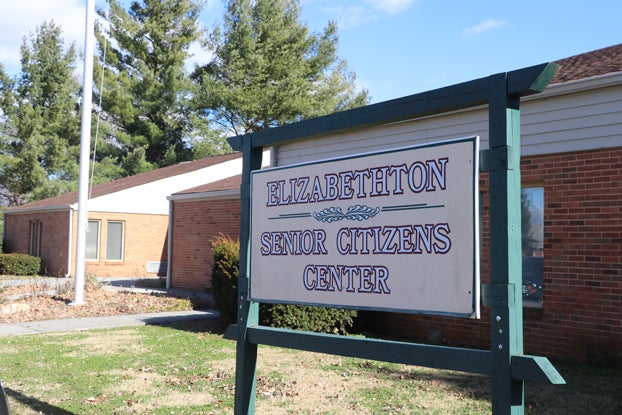Thoroughfare planning incites need for road classification
Published 8:37 am Tuesday, January 12, 2016
What may seem like simple decisions to residents sometimes merit lengthy discussions among members of the Elizabethton Board of Zoning Appeals (BZA). This is because planning and zoning decisions affect homeowners, residents and prospective employers in the present and future.
At Thursday’s BZA meeting, members were asked to classify North East Street. City Director of Planning and Economic Development Jon Hartman needed this information in order to tell a prospective business owner whether or not he could relocate a small business in a residential area along what would likely be classified a local road.
Hartman said streets in Elizabethton are not yet officially classified, but it is not uncommon for cities this size not to have classification.
“To a certain extent we’ve done it… I could name these roads, but there has been no formal documentation,” said Hartman. “We have references to some documentation here that’s been done internally, but nothing has been done and approved by Planning Commission.”
The Federal Highway Administration (FHA) defines “functional classification” of roads as “the process by which streets and highways are grouped into classes, or systems, according to the character of traffic service that they are intended to provide.”
The three functions include arterial, collector and local. Certain regulations apply to each that affect the size of the right of way, the types of businesses permitted, and the amount of parking allowed or available.
Hartman cited examples of arterial roads like G Street or Broad Street. These are roads used to enter and exit town with generally the least interruption of side roads, driveways or stop lights.
Collector roads collect traffic from local roads and connect them with arterials. Local roads include everything else, according to the definition by FHA. They provide access to land or property with little or no through traffic.
“Typically, we identify arterial and collector roads, and then anything that is not one of those is local,” Hartman said.
So while the task of classifying the roads does not mean the Planning Commission must identify every single road, their official classification does carry with it certain implications.
If N. East Street is classified as a local road, the prospective business, according to Elizabethton regulations, would not be able to relocate there.
“Maybe we need to look at our regulations,” suggested board member Dena Bass.
She made the point that while they want to be business-friendly, they all agree that it is a local road with limited parking. Classifying it as a collector road to accommodate the small business would have an impact on property owners should they decide to subdivide property.
“It affects the right of way. They would have to give up five feet of property, and that’s a lot,” said Cory Osborne, community and transportation planner with First Tennessee Development District. “There are a lot of repercussions from classifying a road bigger.”
Despite the fine details associated with street classification, Hartman said this is one of the issues that certainly needs review in the coming year.
“As we continue to grow, we need to make sure the right of way is big enough to accommodate expansion where we might need it,” said Hartman.
Road classification is part of the thoroughfare plan, which along with a land use plan are Hartman’s two major plans for the year.
Classification is important, he said, for both planning purposes and for land use regulations enforcement. Effective planning can provide for what Hartman called a “mixed-use atmosphere” such as allowing small businesses to exist in residential areas, which is why thoroughfare planning ranks in priority among issues for the year.



